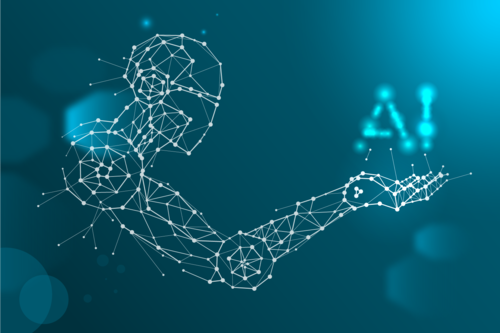Despite ethical obligations and risks of massive unemployment, AI is gradually gaining ground in India. The country is witnessing an era of growth and stability and new commercial emergencies are flooding the markets with new energy and ideas. AI amidst this industrious bustle can be of immense help. The same can eradicate human errors and render the processes smooth and flawless. The processing power and data needed for developing and optimizing AI entities are also readily available in India.
And thus, not utilizing the same can be detrimental in a world on a march toward a sustainable and secure future. Therefore, in Indian cities, industry and academia in AI are flourishing together with great promises. And the intimacy results in an environment that supports competition. Resulting in excellent offerings and applied AI course fees that are reasonable beyond expectations.
Active and involved faculty members
The first and most crucial factor is the involved and active faculty. Indian institutes that are led by experienced and influential faculty members are naturally inclined toward charging a higher price. Faculty members who have worked with top organizations in the field of AI and have a strong academic background can add immense value to the course curriculum, and their experience and insights can help students gain a deeper understanding of the subject.
The exposure
The exposure on offer is another factor that determines the fees of an AI course. Institutes that offer early-tenure industry exposure and opportunities for internships and placements in top companies tend to charge a premium. This exposure can help students gain hands-on experience through early tenure industry incubation and develop practical skills, which are highly valued in the industry.
A curriculum that adds value
A frequently updated curriculum is another important factor that can impact the fees of an AI course. Institutes that invest in updating their curriculum to keep up with the latest developments and trends in the field tend to charge higher fees. A relevant and up-to-date curriculum can help students stay ahead of the curve and prepare them for the demands of the industry.
Scopes for discovery
Infrastructure for research is another crucial factor that can impact the applied AI course fees. Institutes that have state-of-the-art research facilities and equipment tend to charge more. This infrastructure can help students conduct cutting-edge research and develop new solutions to real-world problems. And present their achievements through publications and impact.
The opportunities in applied AI
- Healthcare
AI has the potential to revolutionize the healthcare industry. AI algorithms can analyze large amounts of patient data and develop predictive models that can help doctors diagnose and treat diseases more accurately and remotely if required. AI can also be used to develop personalized treatment plans based on a patient’s unique medical history. Medical imaging is another area where AI is being used extensively. AI algorithms can analyze medical images to detect early signs of diseases such as cancer, allowing for early intervention and better therapy outcomes.
- Disaster Management
AI can be used to predict natural disasters and develop effective response plans. AI algorithms can analyze large amounts of data from various sources, such as weather sensors and satellite imagery, to predict the occurrence of natural disasters such as floods, earthquakes, and hurricanes. This can help authorities develop effective evacuation plans and allocate resources more efficiently.
- Commercial Sector
Ai is essential for flawless commercial conduct in 2023. AI algorithms can analyze vast amounts of data from social media, e-commerce platforms, and other sources to gain insights into consumer preferences and behavior. This information can then be used to develop targeted marketing campaigns and improve customer engagement. In addition to that the process of customer engagement and support is almost automated today thanks to the liberal and competent implementation of AI.
In addition to these areas, AI is used in several other fields such as finance, transportation, and education. The potential applications of AI are virtually limitless, and as the technology continues to evolve, new opportunities are likely to emerge. Pursuing an AI course can provide students with the skills and knowledge they need to make a meaningful contribution to this exciting field.
Conclusion
Several factors determine Applied AI course fees in India, including involved and active faculty, exposure on offer, a frequently updated curriculum, infrastructure for research, and promises that are not fake and possible to keep. Pursuing an AI course can open up a world of opportunities in healthcare, disaster management, and the commercial sector, making it a highly rewarding and lucrative career choice. And given the trends and gradually increasing dependencies, AI professionals’ roles in India are only to become more secure and rewarding with time.








